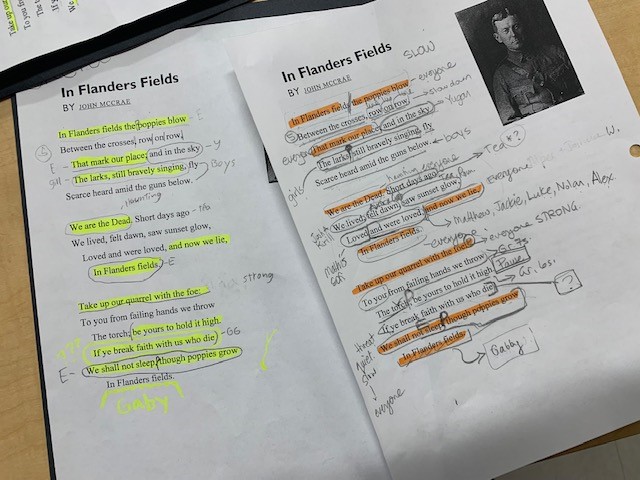 In the current novel we’re reading, The Giver, the world is a place of grays and beiges. Everyone under twelve recognizes their birthday on the exact same day, and people take medication to suppress their feelings. Great steps are taken to avoid any amount of physical or emotional pain. People dress the same, and life’s big decisions–jobs, domestic partnerships, and even children–are chosen for you. If members of the community are no longer able to contribute to society, they are released, keeping only the most “productive” of people.
In the current novel we’re reading, The Giver, the world is a place of grays and beiges. Everyone under twelve recognizes their birthday on the exact same day, and people take medication to suppress their feelings. Great steps are taken to avoid any amount of physical or emotional pain. People dress the same, and life’s big decisions–jobs, domestic partnerships, and even children–are chosen for you. If members of the community are no longer able to contribute to society, they are released, keeping only the most “productive” of people.
Most students in Division 3 have expressed this is not a world they’d want to live in, and they have many reasons why–namely, a lack of variety or diversity. By minimizing difference/diversity, in what ways is the society in The Giver weaker or unappealing place to live?
Today we also discussed being able to argue both sides of an issue in order to predict and counter an opposition’s argument to your stance. What are some reasons that it might be beneficial to limit decision making and difference (i.e., what do you think is the goal of the Elders by setting these limitations on the community?)
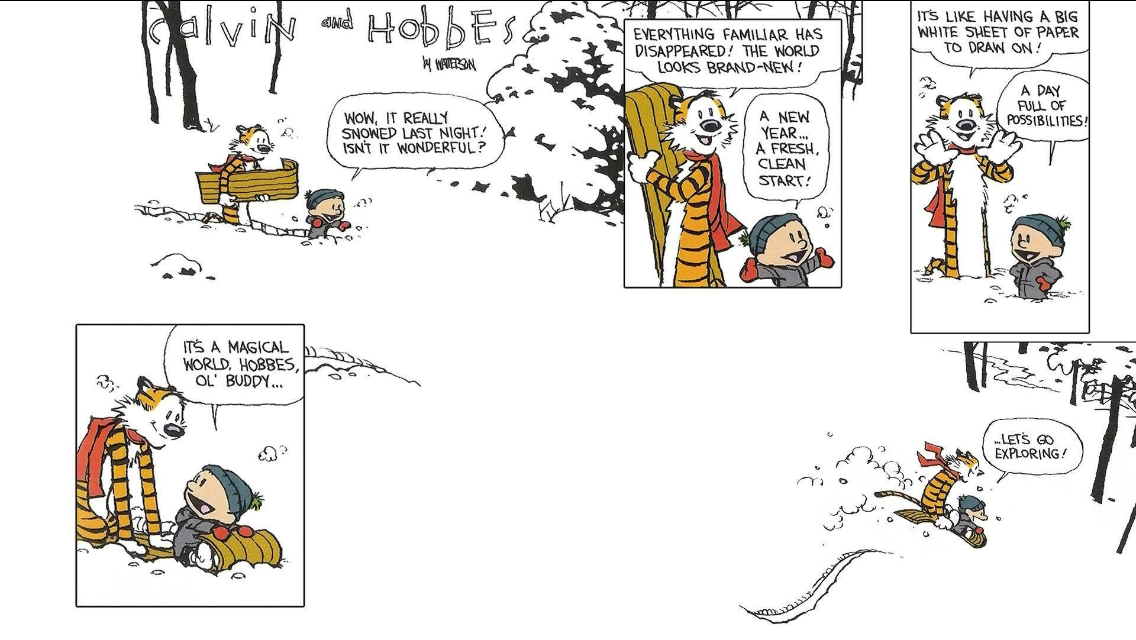









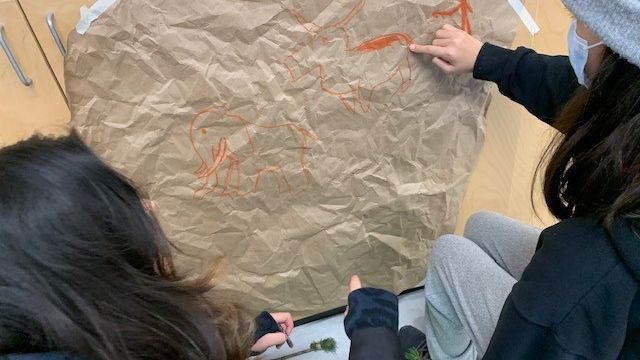









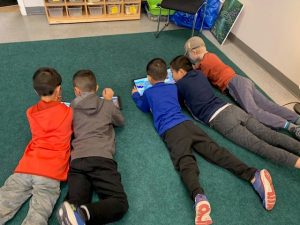
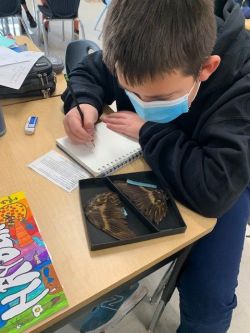
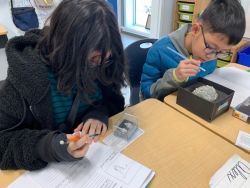
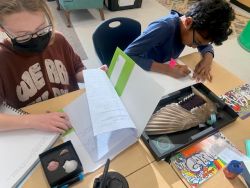
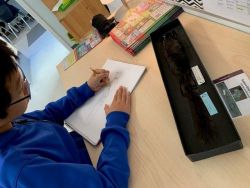
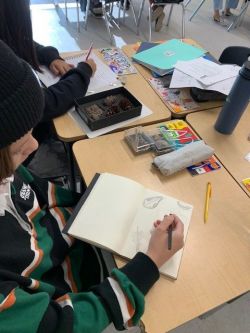















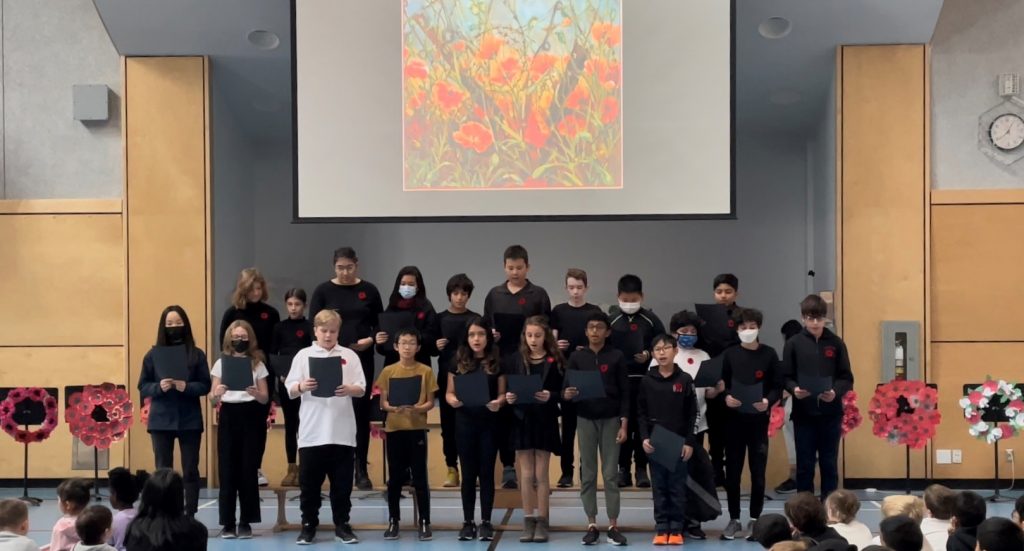
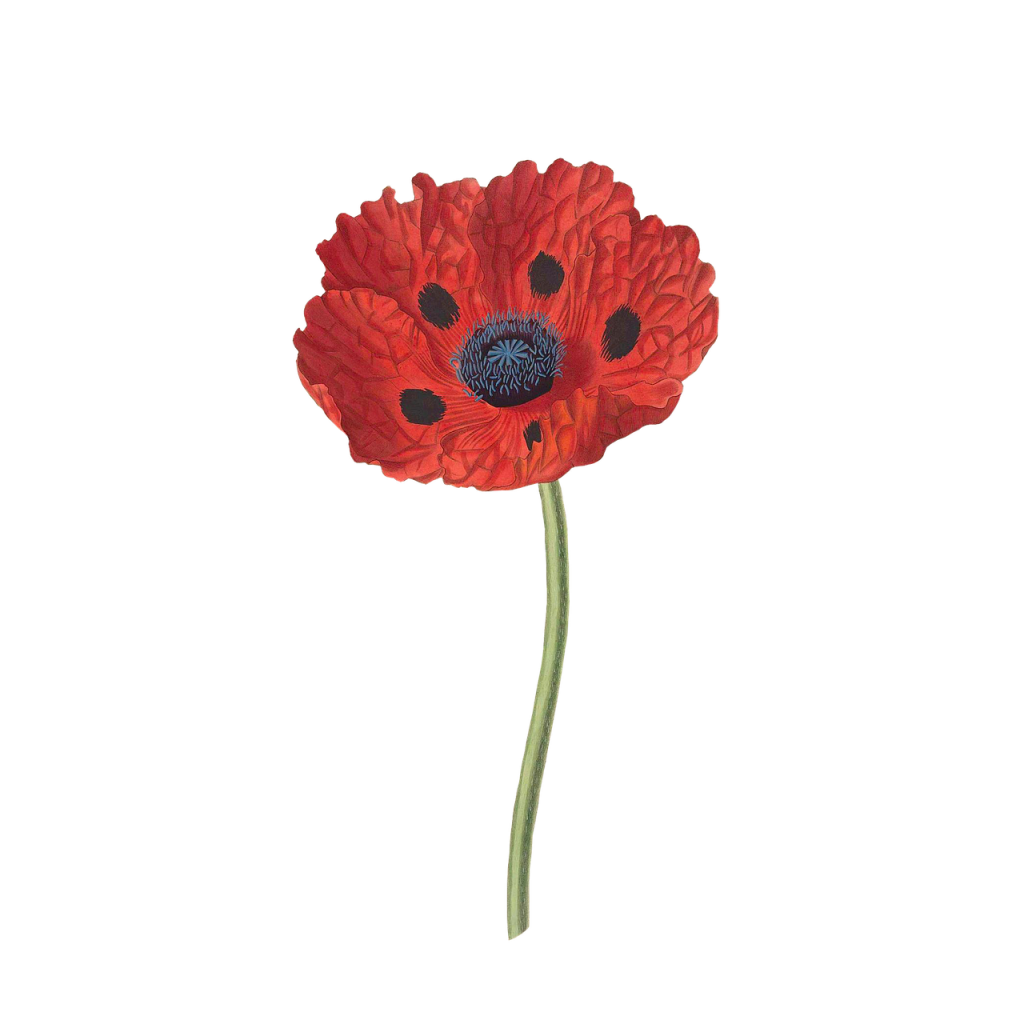 In preparation for the Remembrance Day assembly, Division 3 has been working on a dramatic chorale reading of John McCrae’s poem, In Flanders Fields.
In preparation for the Remembrance Day assembly, Division 3 has been working on a dramatic chorale reading of John McCrae’s poem, In Flanders Fields.